Filter by
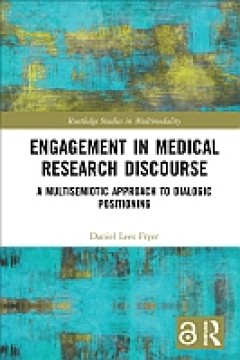
Engagement in medical research discourse: a multisemiotic approach to dialogi…
This book integrates insights from dialogic theory and systemic functional linguistics (SFL) to extend our understandings of engagement in medical research articles, going beyond notions of the role of verbal dialogue to encompass mathematical and visual semiotics and consider text not just as language but as multisemiosis. The volume begins by outlining the engagement framework and offering a …
- Edition
- -
- ISBN/ISSN
- 9781003041146
- Collation
- xi, 206 p. : ill.
- Series Title
- Routledge Studies in Multimodality
- Call Number
- 610.141 FRY e
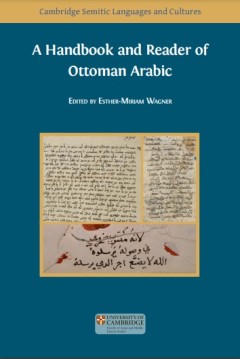
A handbook and reader of Ottoman Arabic
Written forms of Arabic composed during the era of the Ottoman Empire present an immensely fruitful linguistic topic. Extant texts display a proximity to the vernacular that cannot be encountered in any other surviving historical Arabic material, and thus provide unprecedented access to Arabic language history. This rich material remains very little explored. Traditionally, scholarship on Ar…
- Edition
- -
- ISBN/ISSN
- 9781783749430
- Collation
- xx, 463 p. : ill. ; 15.6 cm.
- Series Title
- -
- Call Number
- 492.7 WAG a

Ancient greek I : a 21st century approach
In this elementary textbook, Philip S. Peek draws on his twenty-five years of teaching experience to present the ancient Greek language in an imaginative and accessible way that promotes creativity, deep learning, and diversity. The course is built on three pillars: memory, analysis, and logic. Readers memorize the top 250 most frequently occurring ancient Greek words, the essential word end…
- Edition
- -
- ISBN/ISSN
- 9781800642560
- Collation
- xxiii, 610 p. : ill. ; 20.3 cm.
- Series Title
- -
- Call Number
- 488 PEE a
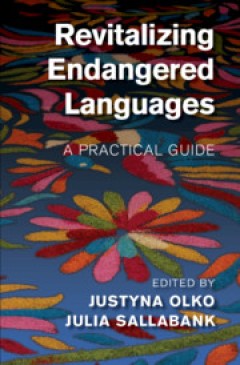
Revitalizing endangered languages : a practical guide
Of the approximately 7,000 languages in the world, at least half may no longer be spoken by the end of the twenty-first century. Languages are endangered by a number of factors, including globalization, education policies, and the political, economic and cultural marginalization of minority groups. This guidebook provides ideas and strategies, as well as some background, to help with the effect…
- Edition
- -
- ISBN/ISSN
- 9781108485753
- Collation
- xvii, 352 p. ; ill
- Series Title
- -
- Call Number
- 306.44 OLK r
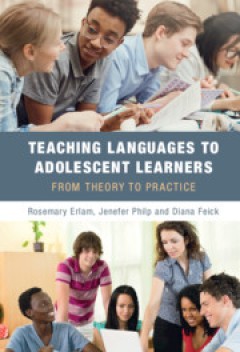
Teaching languages to adolescent learners : from theory to practice
Teaching languages to adolescents can be a challenge. . . but one that is most rewarding! What works? What doesn't work? This book provides a reader friendly overview on teaching modern languages to adolescents (Years 7–13). Each chapter takes an aspect of language teaching and learning, and explains the underlying theory of instructed language acquisition and its application through examples…
- Edition
- -
- ISBN/ISSN
- 9781108869812
- Collation
- ix, 188 p. : ill
- Series Title
- -
- Call Number
- 418.00712 ERL t
Early greek alphabetic writing : a linguistic approach
Despite the flourishing of epichoric studies on the Archaic Greek scripts in the 1960s, embodied by archaeologists Lilian Hamilton Jeffery and Margherita Guarducci, most scholarship on early alphabetic writing in Greece has focused on questions around the origin of ‘the Greek alphabet’ instead of acknowledging the diversity of alphabetic systems that emerged in Geometric and Archaic times. …
- Edition
- -
- ISBN/ISSN
- 9781789257441
- Collation
- ix, 139 p.
- Series Title
- -
- Call Number
- 481.1 AST e
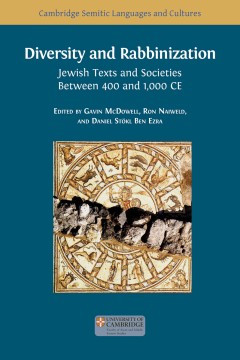
Diversity and rabbinization: jewish texts and societies between 400 and 1000 CE
This volume is dedicated to the cultural and religious diversity in Jewish communities from Late Antiquity to the Early Middle Age and the growing influence of the rabbis within these communities during the same period. Drawing on available textual and material evidence, the fourteen essays presented here, written by leading experts in their fields, span a significant chronological and geograph…
- Edition
- -
- ISBN/ISSN
- 9781783749959
- Collation
- xxiii, 474 p. : ill. : ind. ; 24 cm
- Series Title
- -
- Call Number
- 296.1 DIV d
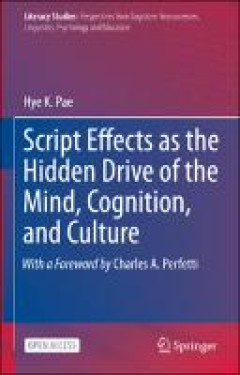
Script effects as the hidden drive of the mind, cognition, and culture
This open access volume reveals the hidden power of the script we read in and how it shapes and drives our minds, ways of thinking, and cultures. Expanding on the Linguistic Relativity Hypothesis (i.e., the idea that language affects the way we think), this volume proposes the “Script Relativity Hypothesis” (i.e., the idea that the script in which we read affects the way we think) by offeri…
- Edition
- Literacy Studies, 21
- ISBN/ISSN
- 9783030551520
- Collation
- 251 p.: ill.
- Series Title
- -
- Call Number
- 411.019 PAE s
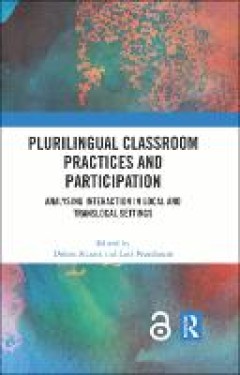
Plurilingual classroom practices and participation : analysing interaction in…
Plurilingual Classroom Practices and Participation contributes to a better understanding of plurilingual education in Catalonia by providing a description of the interactional resources mobilised by learners as social actors. This volume is a collection of studies that show interactions containing plurilingual and multimodal sequences that illustrate moments of potential acquisition of aspects …
- Edition
- -
- ISBN/ISSN
- 9781003169123
- Collation
- XXVI, 216 p.
- Series Title
- -
- Call Number
- 370.117509467 PLU p

A fleet street in every town: the provincial press in England, 1855-1900
At the heart of Victorian culture was the local weekly newspaper. More popular than books, more widely read than the London papers, the local press was a national phenomenon. This book redraws the Victorian cultural map, shifting our focus away from one centre, London, and towards the many centres of the provinces. It offers a new paradigm in which place, and a sense of place, are vital to the …
- Edition
- -
- ISBN/ISSN
- 9781783745616
- Collation
- 455 p. : ill. : ind. ; 24 cm
- Series Title
- -
- Call Number
- 941.081 HOB a
 Computer Science, Information & General Works
Computer Science, Information & General Works  Philosophy & Psychology
Philosophy & Psychology  Religion
Religion  Social Sciences
Social Sciences  Language
Language  Pure Science
Pure Science  Applied Sciences
Applied Sciences  Art & Recreation
Art & Recreation  Literature
Literature  History & Geography
History & Geography